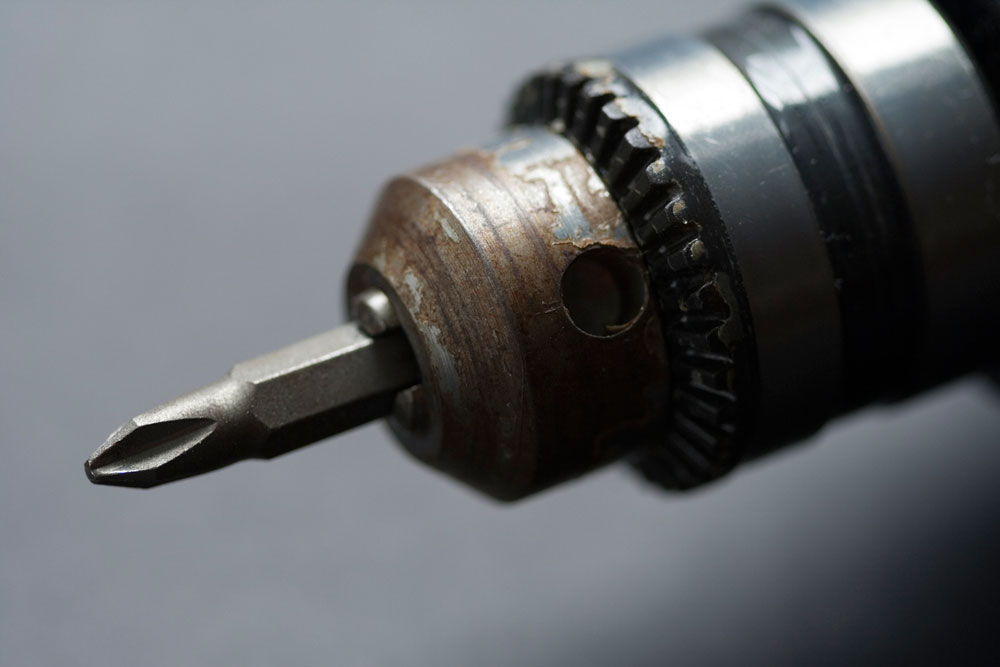1. Use sharp blades and bits. A dull cutting edge not only leaves an inferior surface, it takes more power, strains the tool and takes longer to do the job. 2. Clean wood pitch. Soak your cutting tools in mineral spirits or turpentine. Then wipe the residue away and let the blades air-dry. Soak paper towels or rags in water before you throw ’em out. 3. Clean up your grinder wheel The wheel on a bench grinder is designed to be dressed with a diamond tip or high-carbon steel dressing tool so that metal glaze gets gone. 4. Get your chords right Use the correct diameter of extension cord to bring power tools to life. The cord’s amp rating should match up, but always go up one wire gauge size when in doubt. It’s better to use a cord with a little extra amp capacity (known as ampacity to the electrically savvy). 5. Blow the dust out Use a can of compressed air or a nozzle on the end of your air compressor hose to blow dust out of your power tools’ motor housing. Drywall and cement or concrete dust can be particularly damaging.







